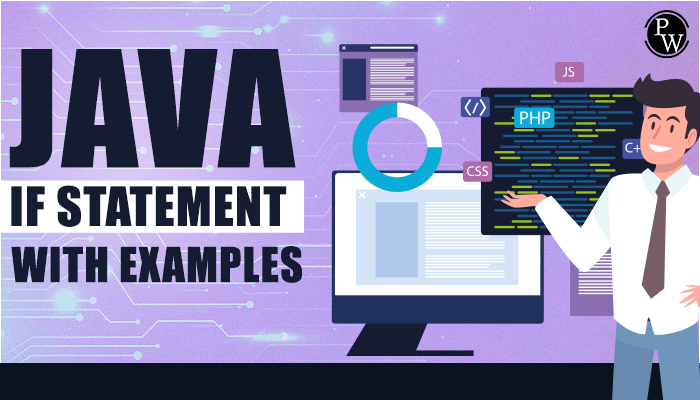It’s known for being simple, easy to read, and platform-independent. Java allows programmers to write and run code on more than one operating system at the same time, making it very flexible.
It offers a wide selection of readymade libraries and tools to allow development tasks to be carried out more quickly, allowing the creation of reliable and Scalable applications. Decision-making is at the heart of the Java development course, and it plays a significant role in creating fun, robust, and easy-to-use applications.
Developers may manage the flow of their Java programs, resolve errors, develop effective algorithms for verifying user input, and execute business logic efficiently with conditional statements. Mastering decision-making in Java empowers developers to write more efficient and reliable code, resulting in applications that meet user expectations and deliver optimal performance. You can visit our pages if you are looking for a Java developer course duration.
Recommended Course
if else statement java
Decision-making is key in software development, where strong and efficient applications are designed. Java programming, which has become the world’s most widely used programming language, offers various constructions and methods to execute decision-making logic. The importance of the decision-making process in Java programming and its effects on application functionality and efficiency will be explored in this article.
Java offers a strong set of conditionally explicit statements, e.g., if-else and change, allowing developers to decide on various parameters. The following statements are intended to check for Boolean expressions and execute specific code blocks accordingly. Leveraging conditional statements allows developers to control their programs’ flow, making them more responsive and adaptable to different scenarios.
Working of If else statement in Java
- The controls are taken over by the if block.
- The flow is jumping up and down to Condition.
- Condition is tested.
- i) Go to step 4 if the condition turns out to be correct.
- ii) Go to step 5 if the condition turns out to be false.
- The if-block, or the body inside the if-block, shall be executed.
- The flow takes the first step out of the if block.
Syntax
The correct syntax ensures the code is accurate, confirms language rules, and adheres to an expected structure. It’s designed to eliminate syntax errors that can lead to program failure and unpredictable behavior. The developer may write a valid code that functions as intended while producing desired results using an appropriate syntax. The readability and continuity of a code are improved by clear, well-defined syntax.
if(condition)
{
// Statements to execute if
// condition is true
}
The Java programming language has been famous for its platform independence, making writing code across different operating systems and devices possible. Compliance with Java’s syntax standards will ensure the code can execute smoothly on various platforms. By implementing the syntax guidelines, Java developers may ensure that their programs are compatible and can be installed in various environments with no change.
Flowchart of If else statement
If that condition is true, the “if” statement in the Java developer course will allow developers to run a code block. It enables the program to make decisions based on various scenarios and react appropriately. Using “if” statements enables developers to build dynamic and flexible programs that adapt to change conditions during the runtime.

Flowcharts are a common language for communicating and cooperating between developers, designers, and interested parties. It makes it easier for the team members to discuss, review and improve their logical reasoning by clearly presenting the program’s decision-making process. The flow charts will help ensure a common understanding of how the “if” statement works between all those participating in the development process.
Examples
1)
// Java program to illustrate the If statement
class IfDemo {
public static void main(String args[])
{
int i = 10;
if (i < 15)
System.out.println(“10 is less than 15”);
System.out.println(“Outside if-block”);
// both statements will be printed
}
}
Output:
10 is less than 15
Outside if-block
2)
public class IfExample {
public static void main(String[] args) {
//defining an ‘age’ variable
int age=20;
//checking the age
if(age>18){
System.out.print(“Age is greater than 18”);
}
}
}
Output:
Age is greater than 18
Frequently Asked Questions
Q1. How to write an if statement in Java?
Ans. Java If else Syntax:
if(condition1){
//code to be executed if condition1 is true.
}else if(condition2){
//code to be executed if condition2 is true.
}
else if(condition3){
//code to be executed if condition3 is true.
}
Q2. If a statement is made in Java, how will you add two conditions?
Ans. If you combine that with another logical operator like and, or, and not, you could have a number of conditions in your if statement.
Q3. What is an if statement and its type in Java?
Ans. Java has the following conditional statements:
- Use if to specify a block of code to be executed if a specified condition is true.
- If the same condition is false, use other methods to specify a block of code that should be executed.
- If you specify a new condition for testing, and that first condition is not true, try using another.

